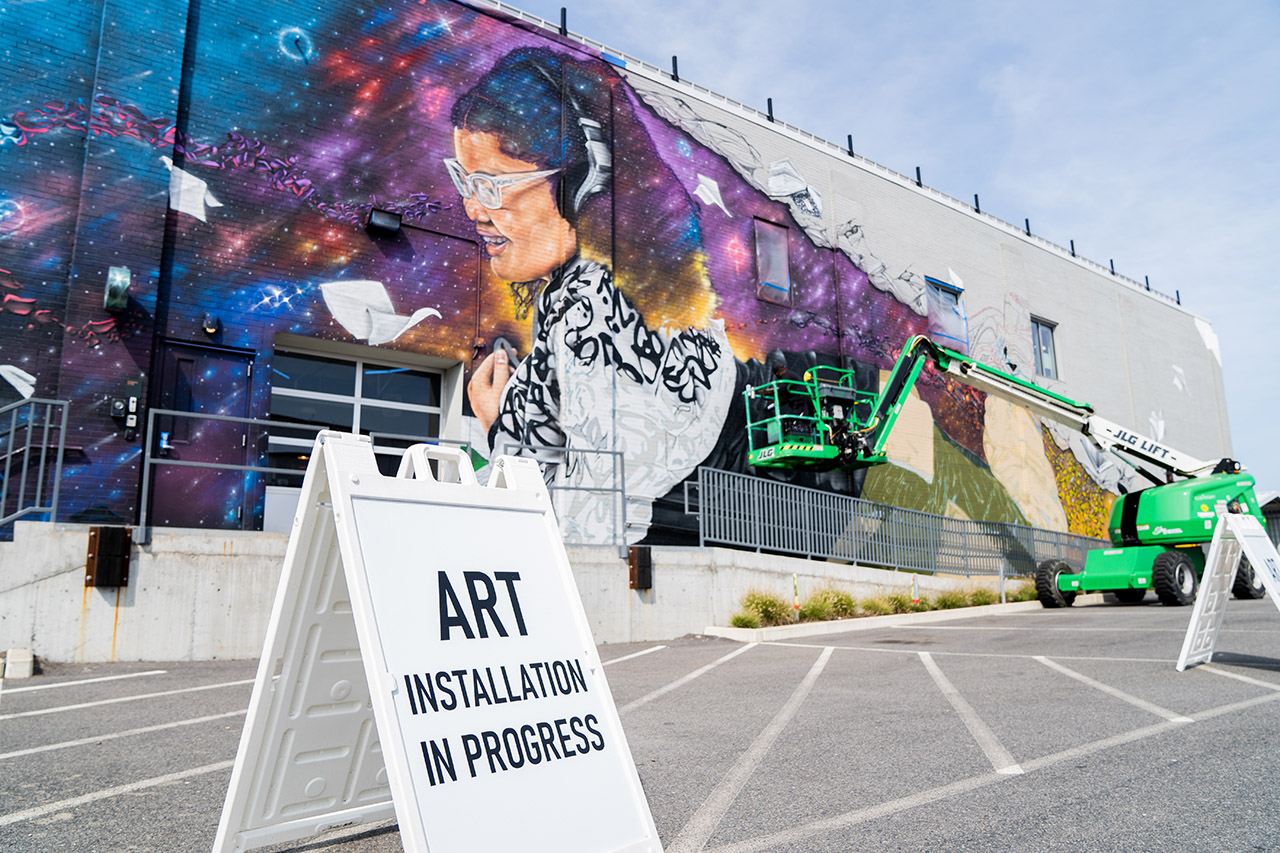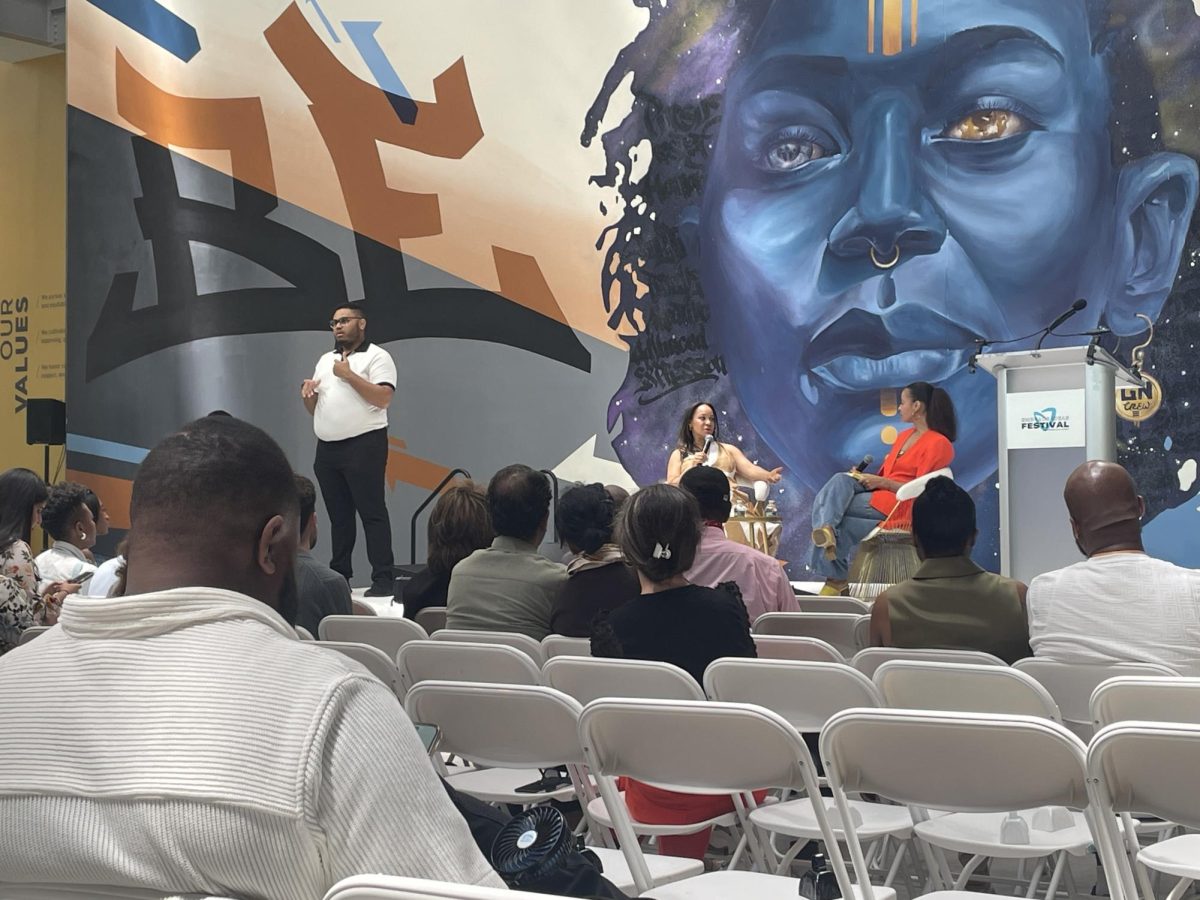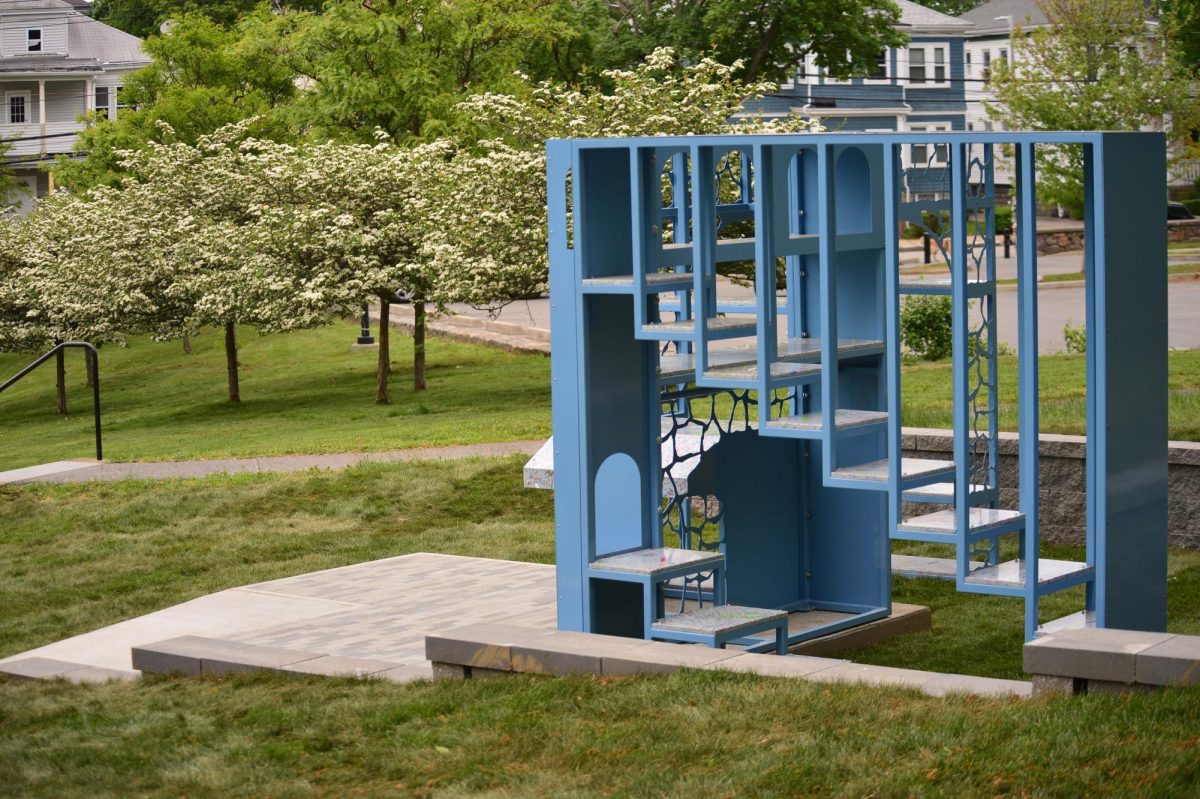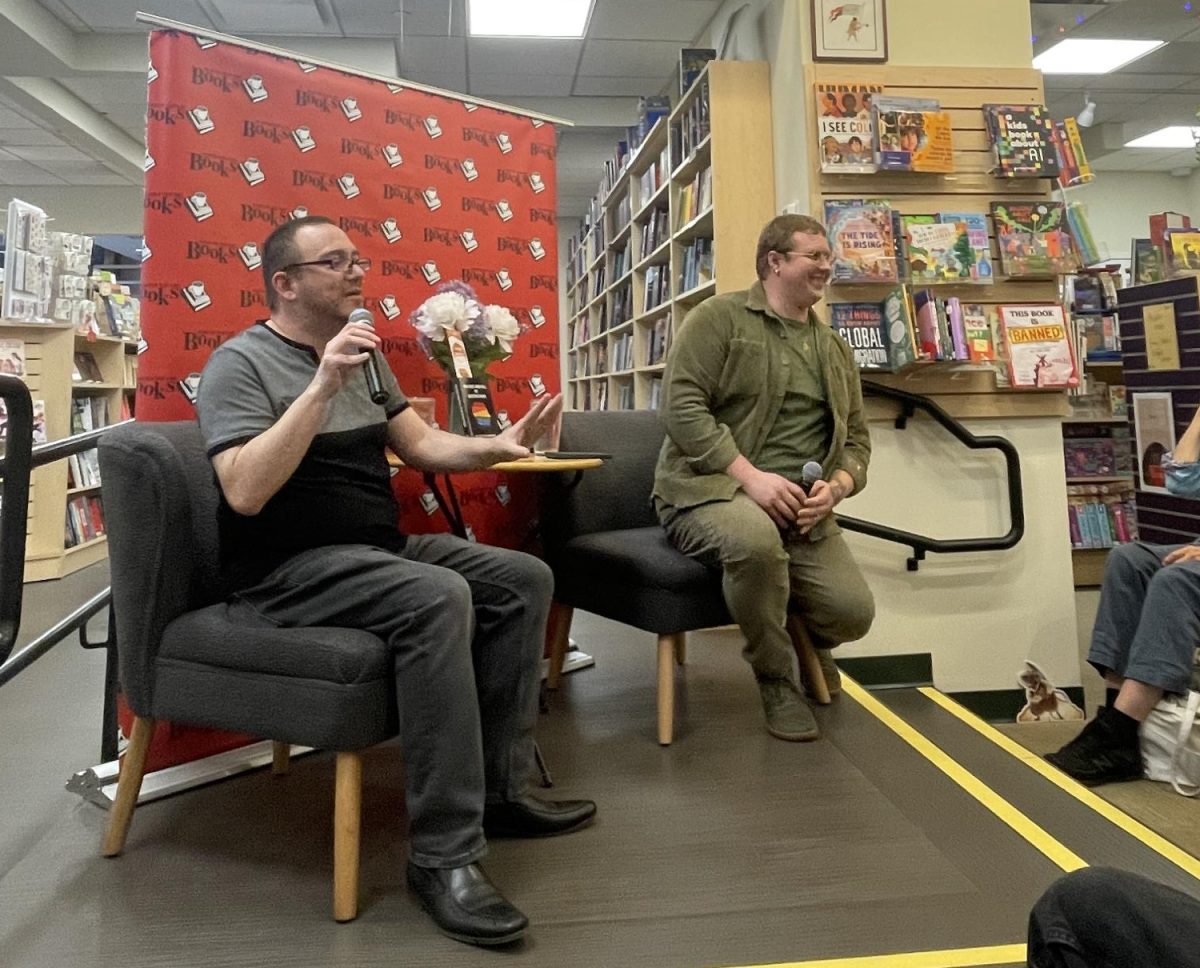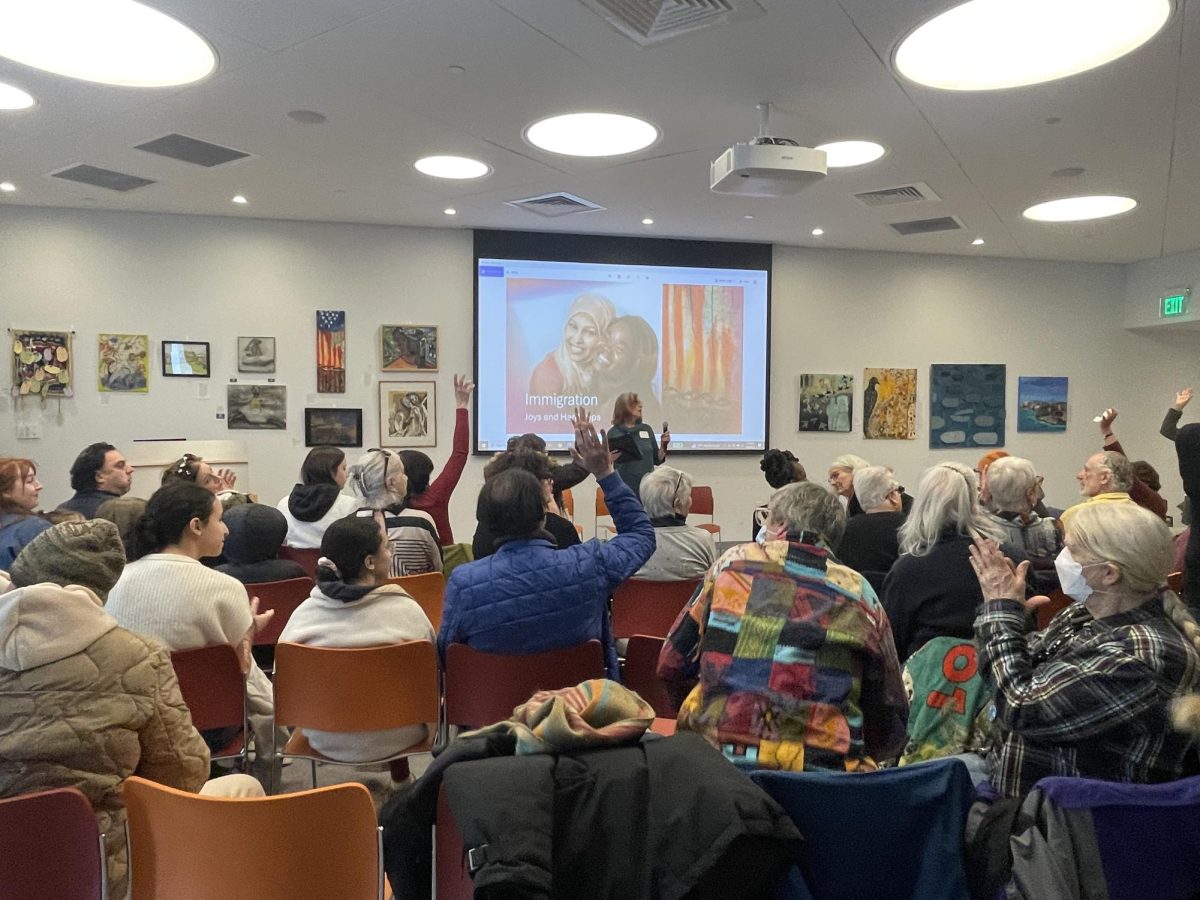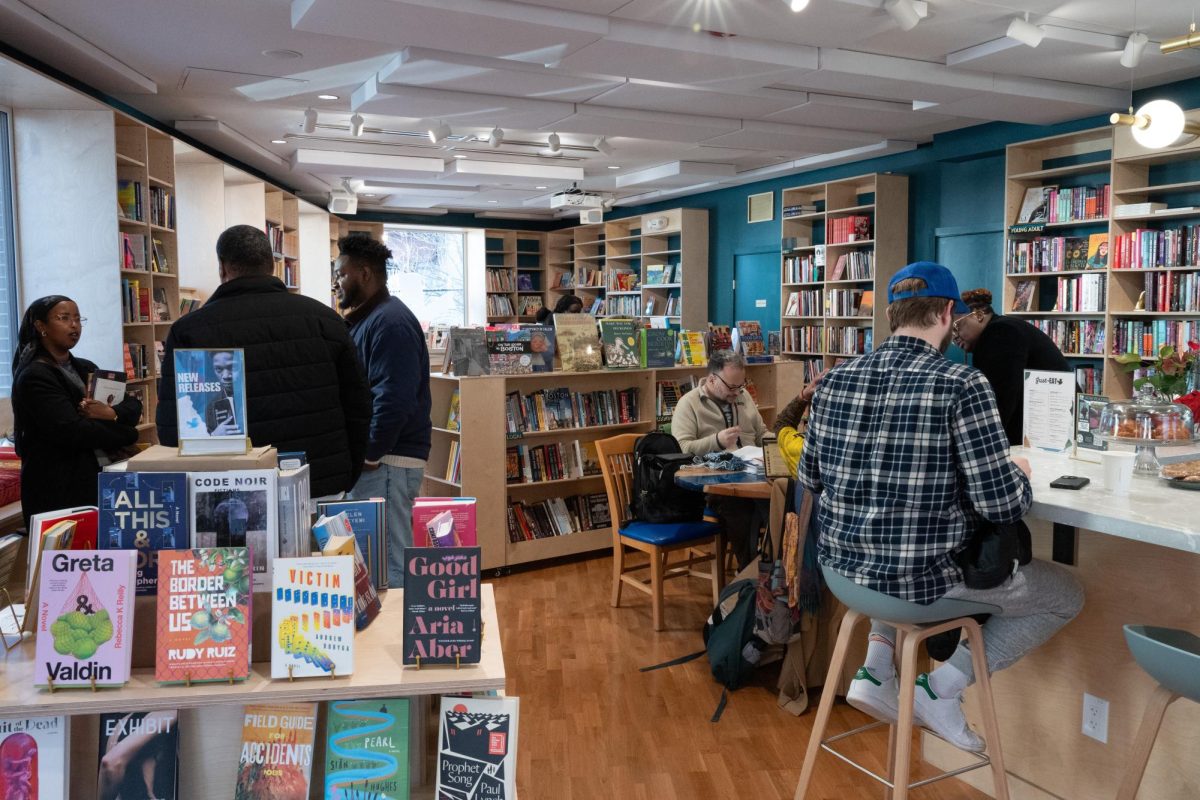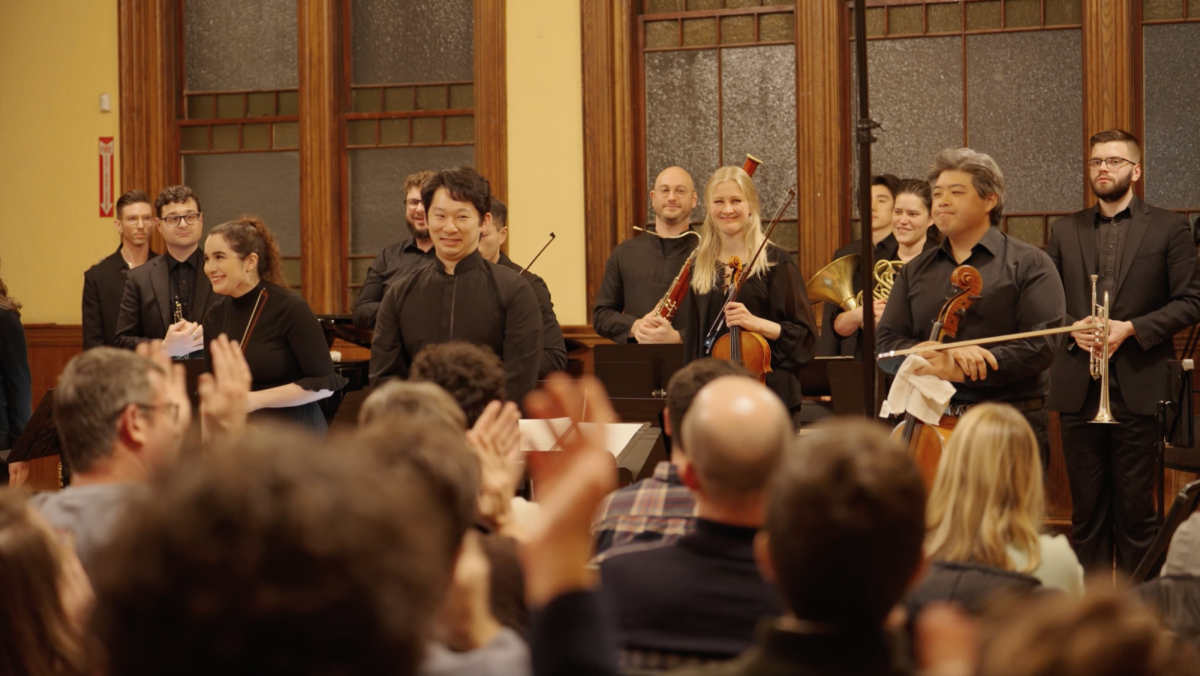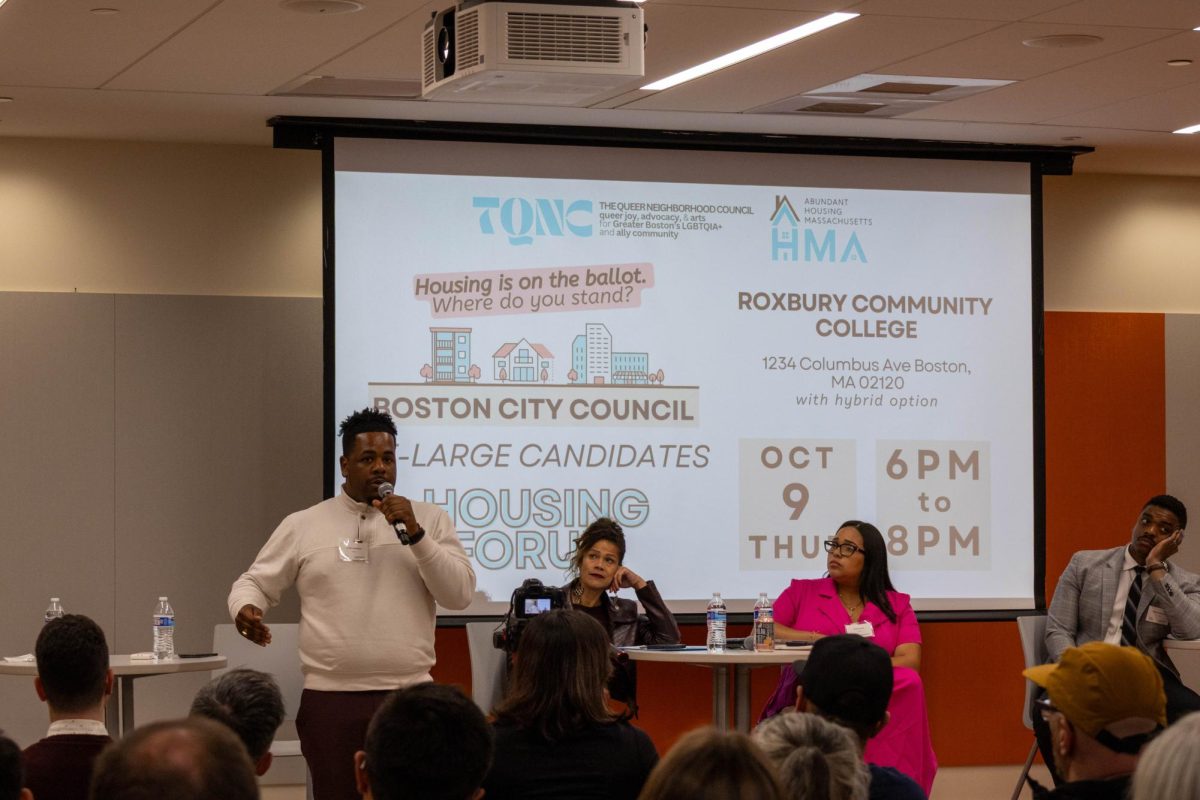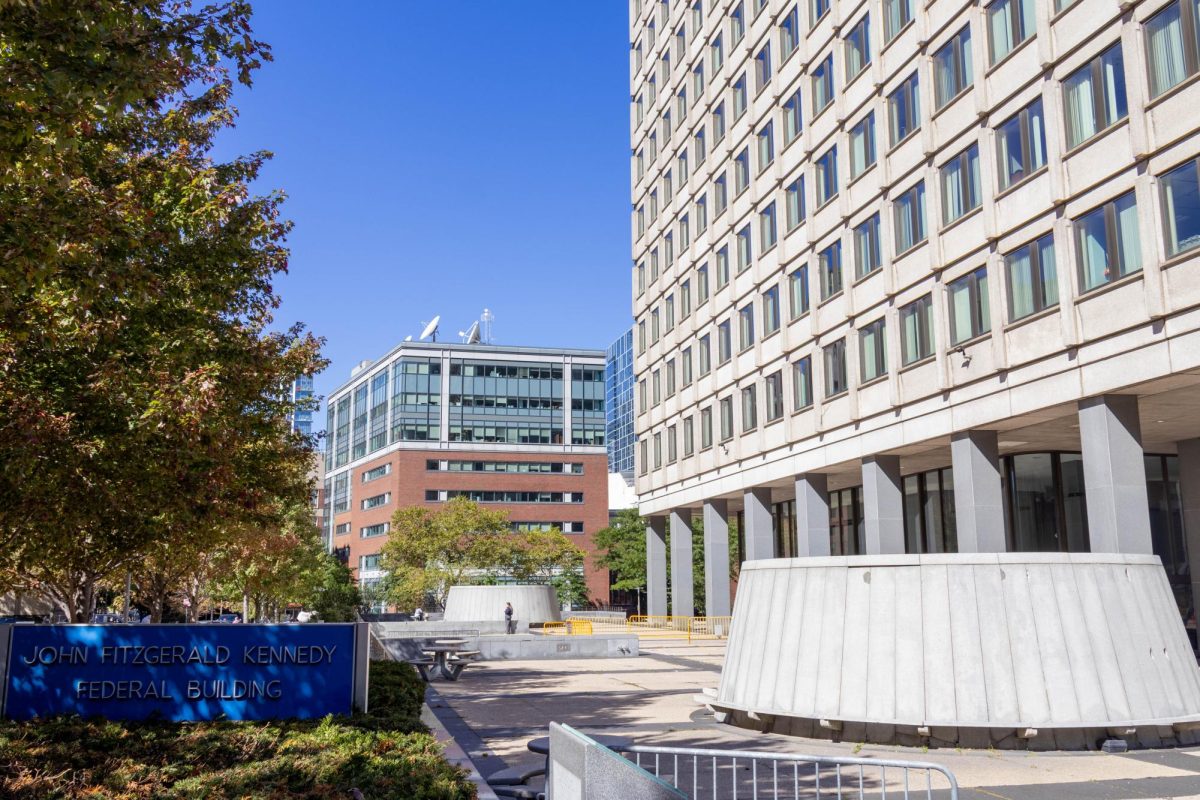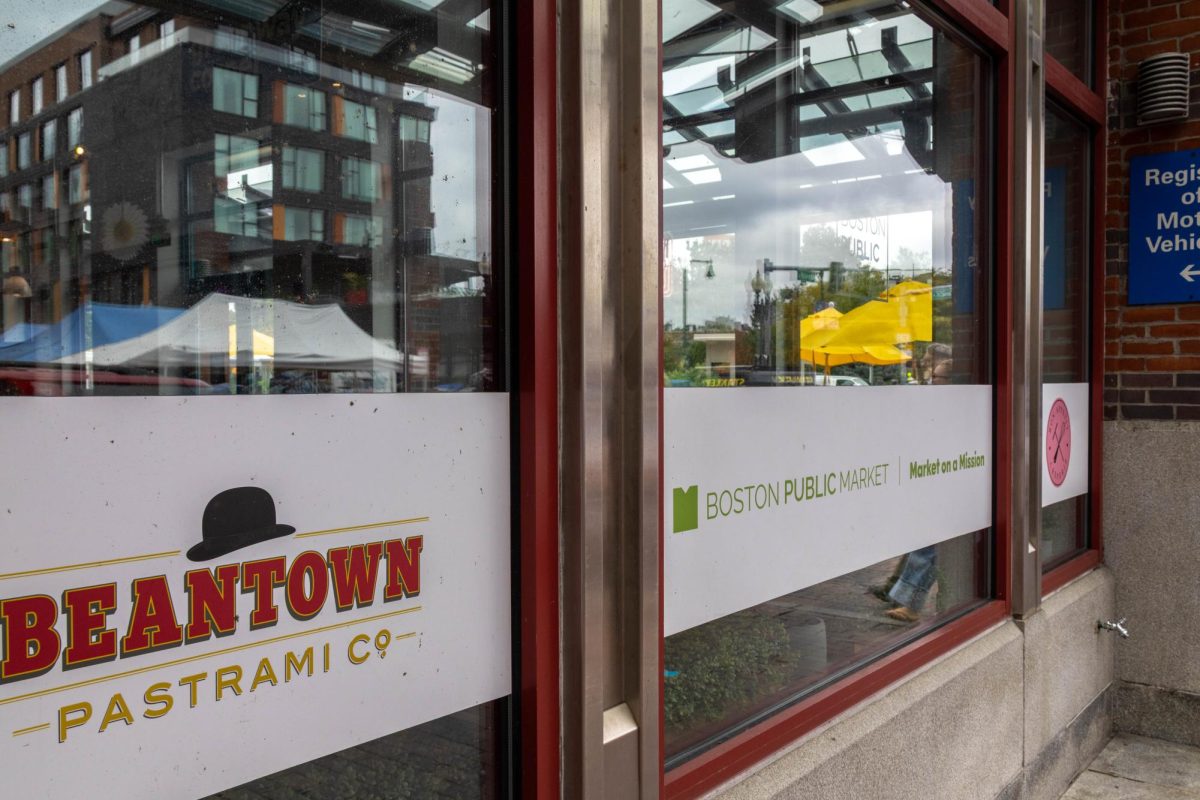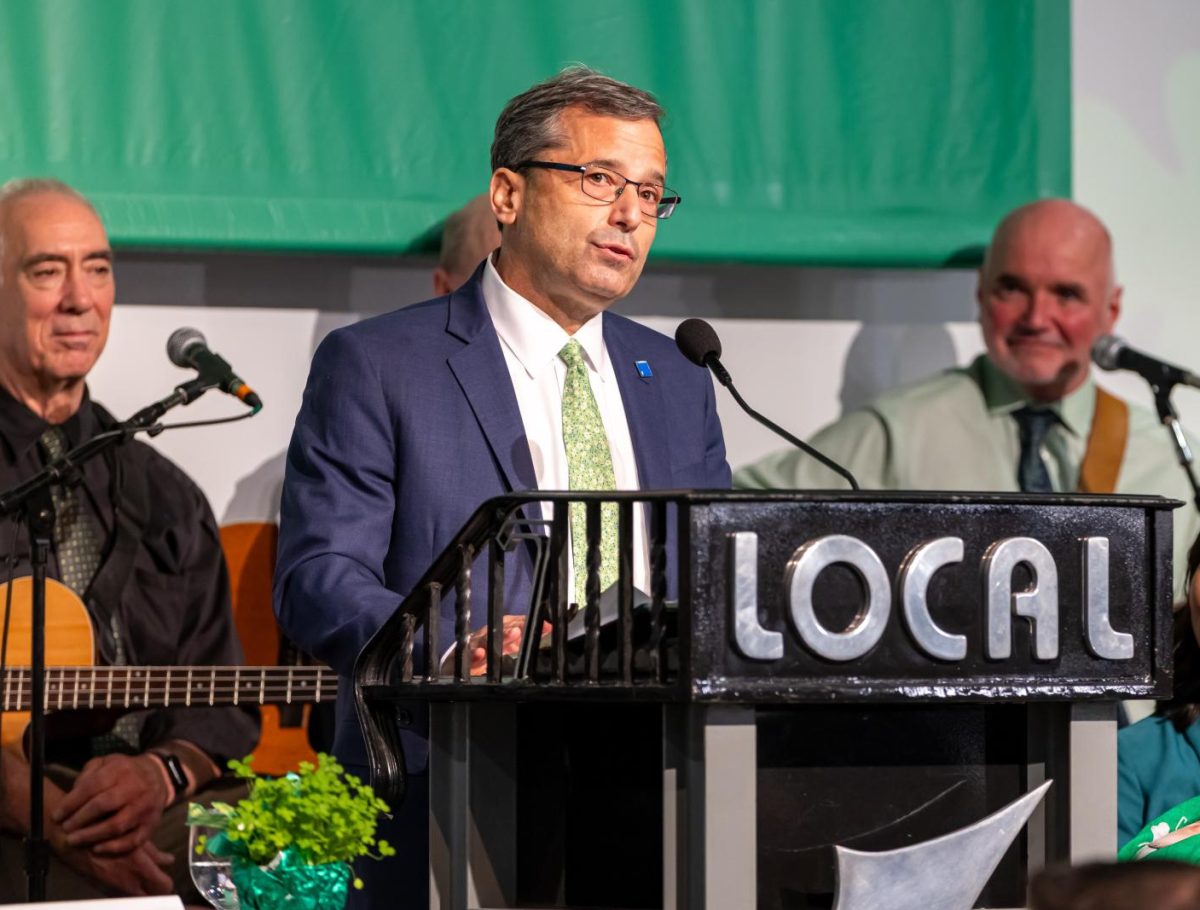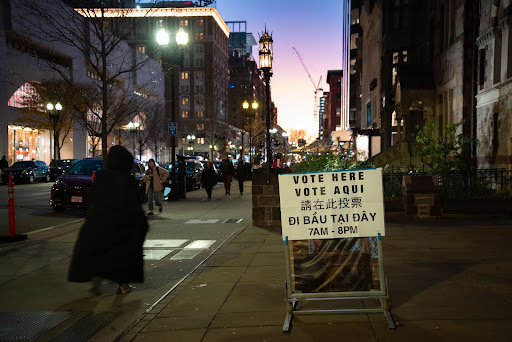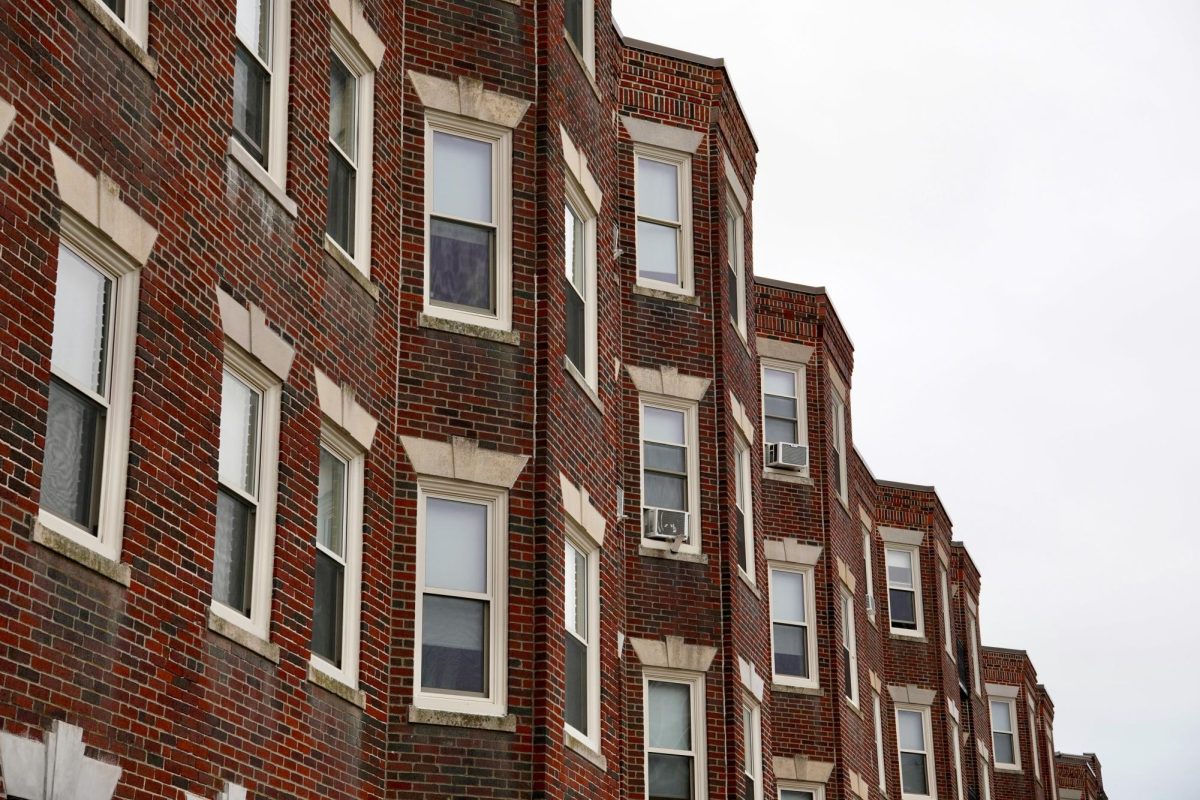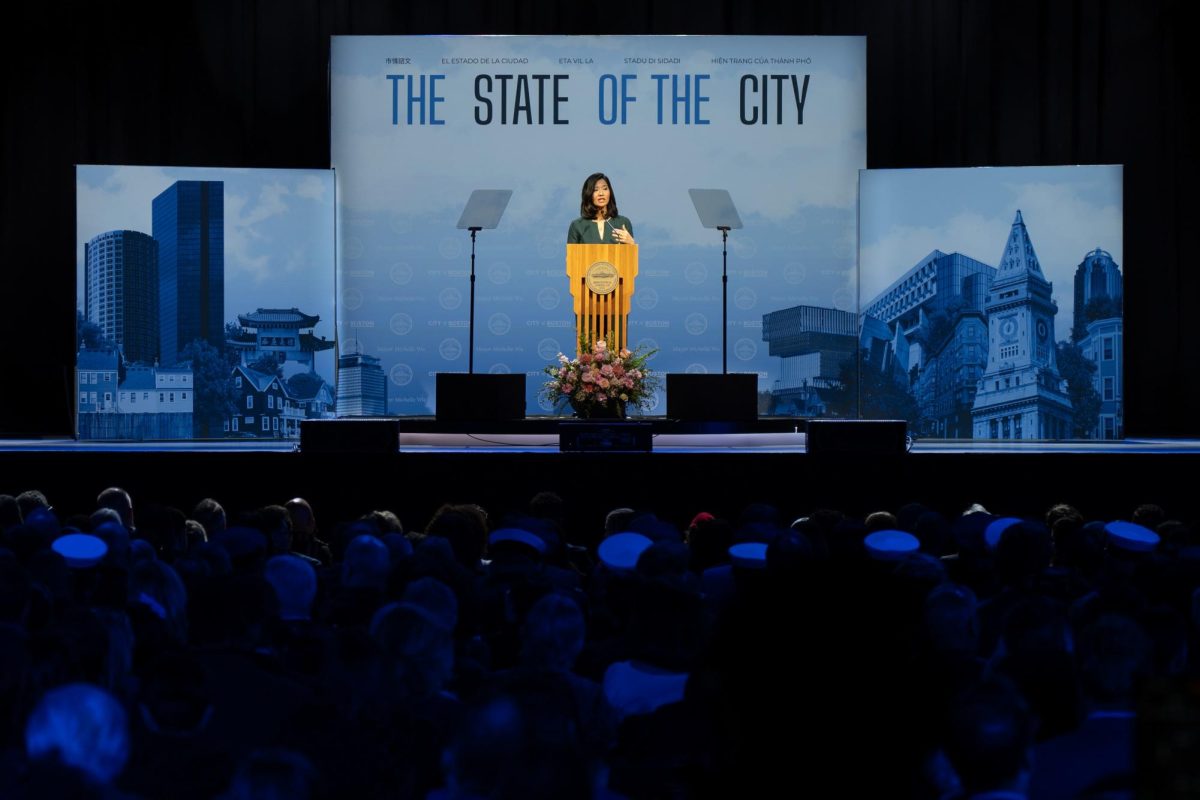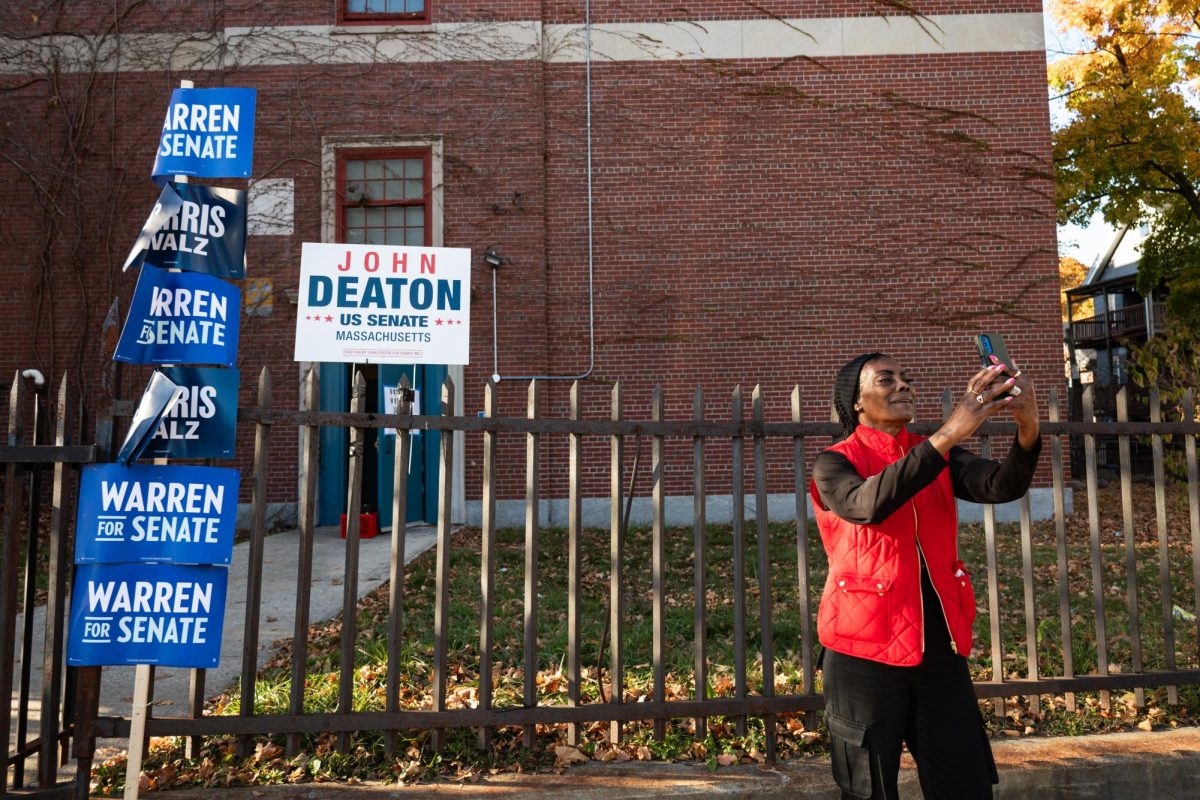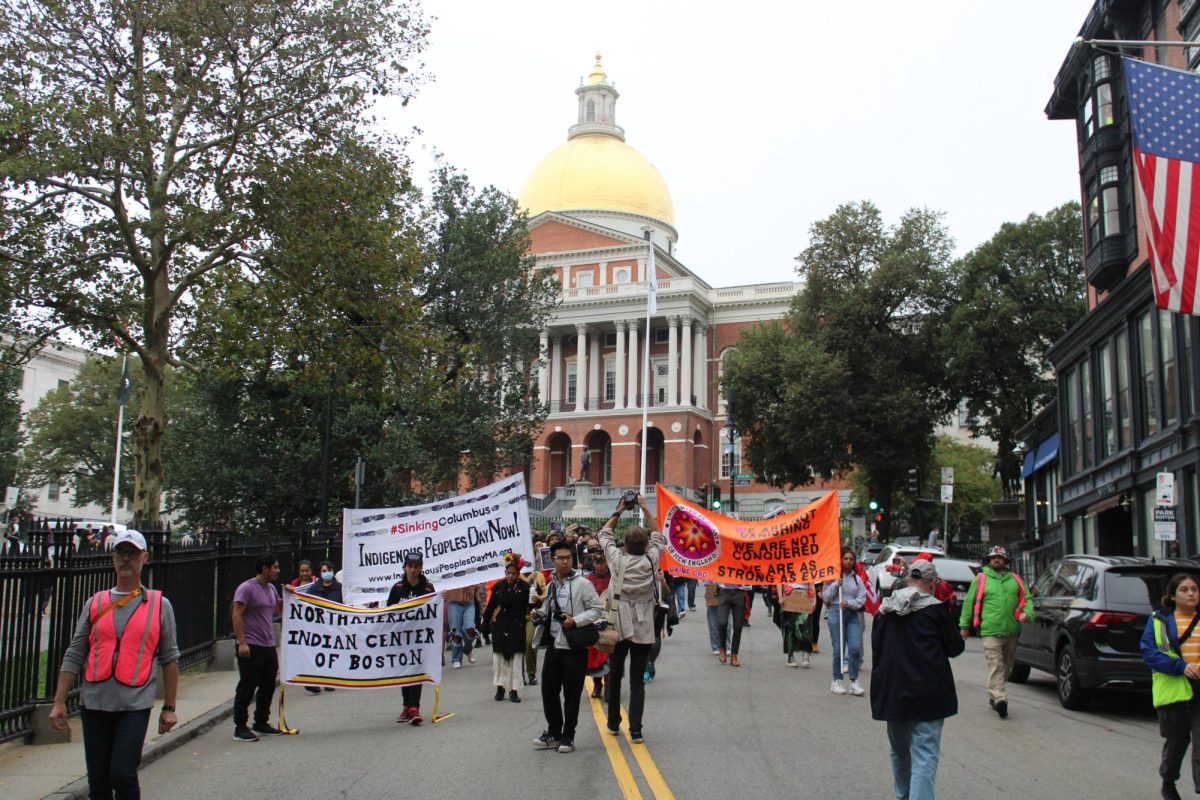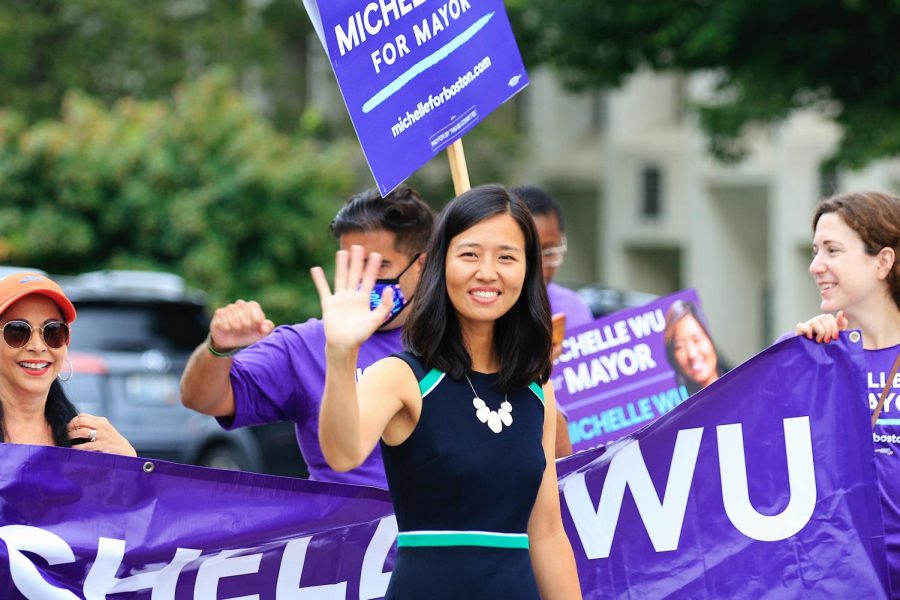It’s hard to escape Street Theory’s work across the city.
Founded by Liza and Victor “Marka27” Quiñonez, this creative agency is behind about 45 murals across Greater Boston — a combination of projects in collaboration with the city and pieces commissioned by clients.
“We’re really thinking about how we can change the urban landscape through art, and not just through any kind of art, but culturally inspired art,” Liza Quiñonez said. “Art that’s reflective of the communities that the art exists in, and art that is also being done and created by the folks from those communities.”
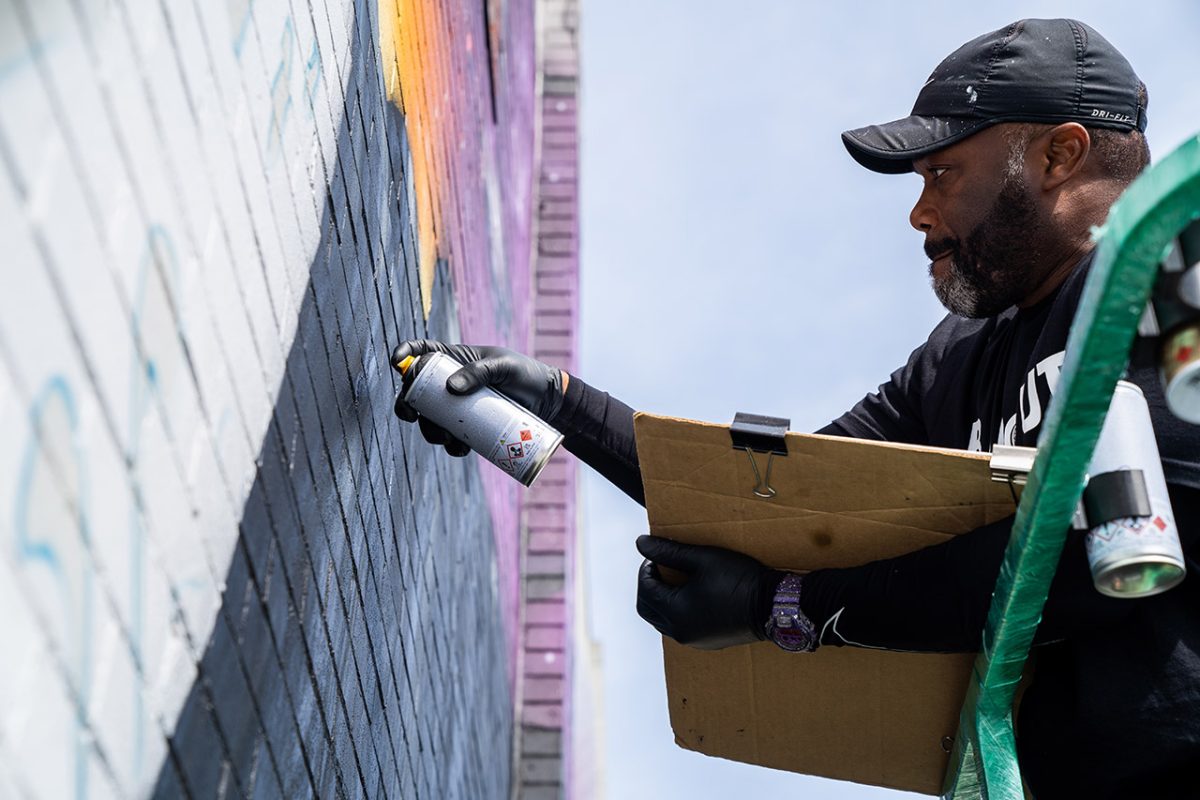
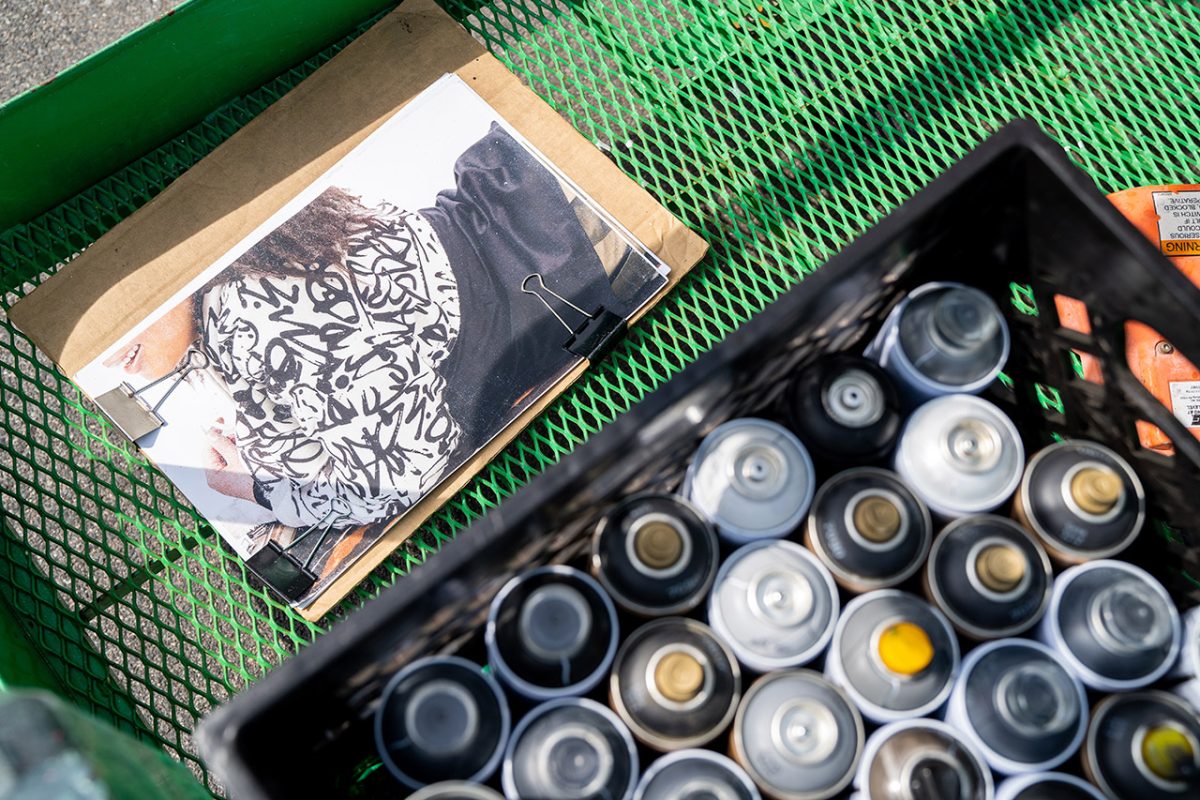
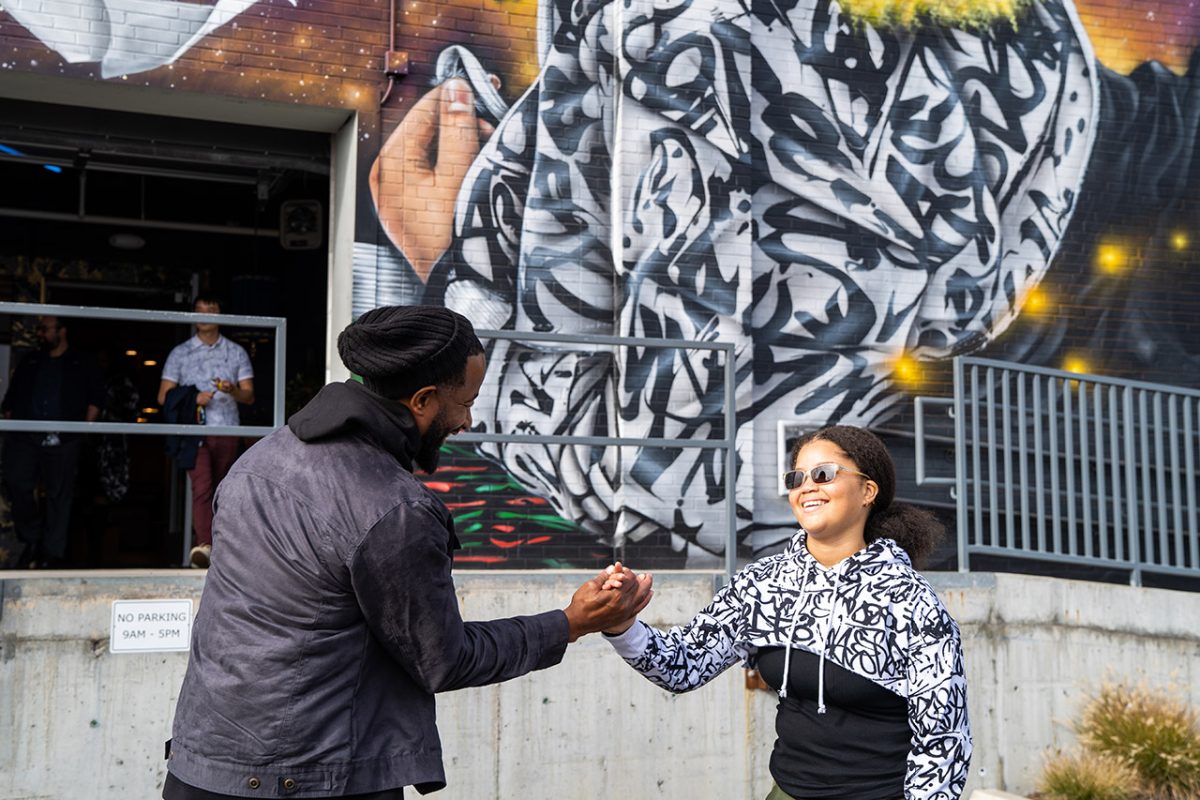
Some of their biggest projects include Underground at Ink Block in South Boston, the Nubian Square Public Art Initiative and Murals for the Movement at the Museum of Fine Arts — all of which emphasize color, culture and community empowerment.
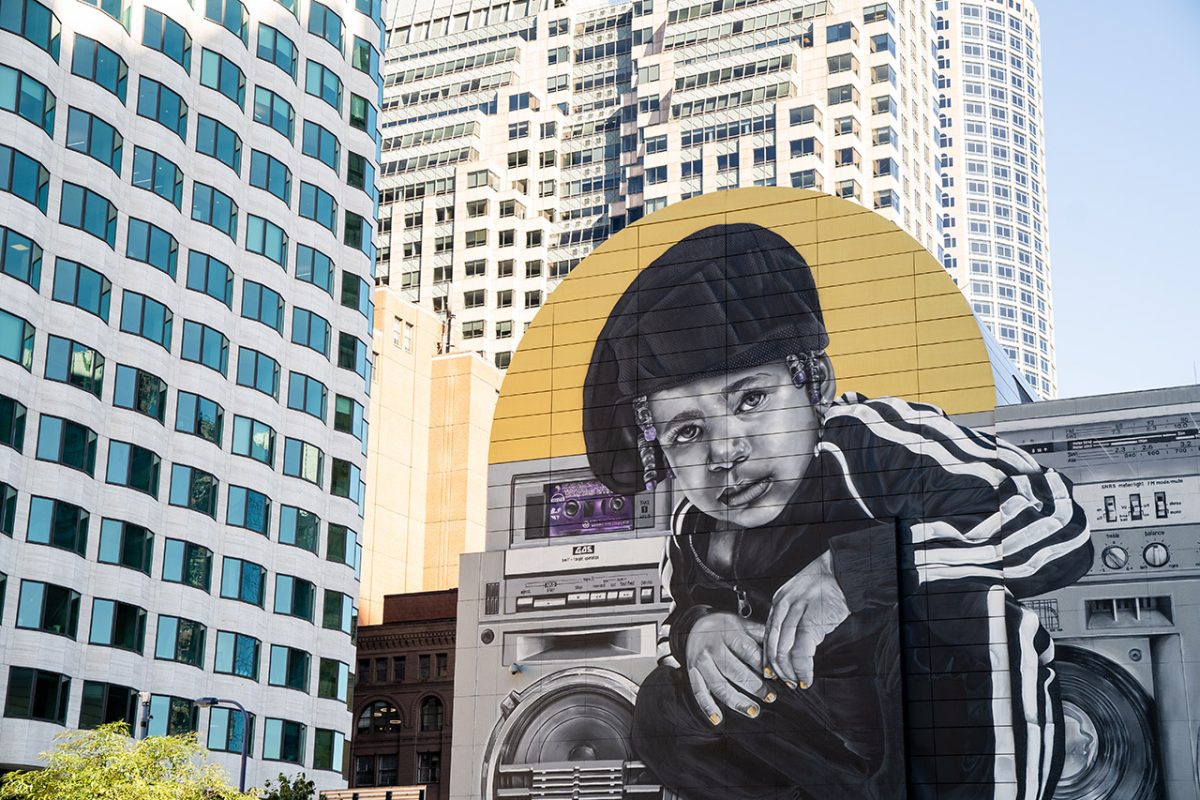
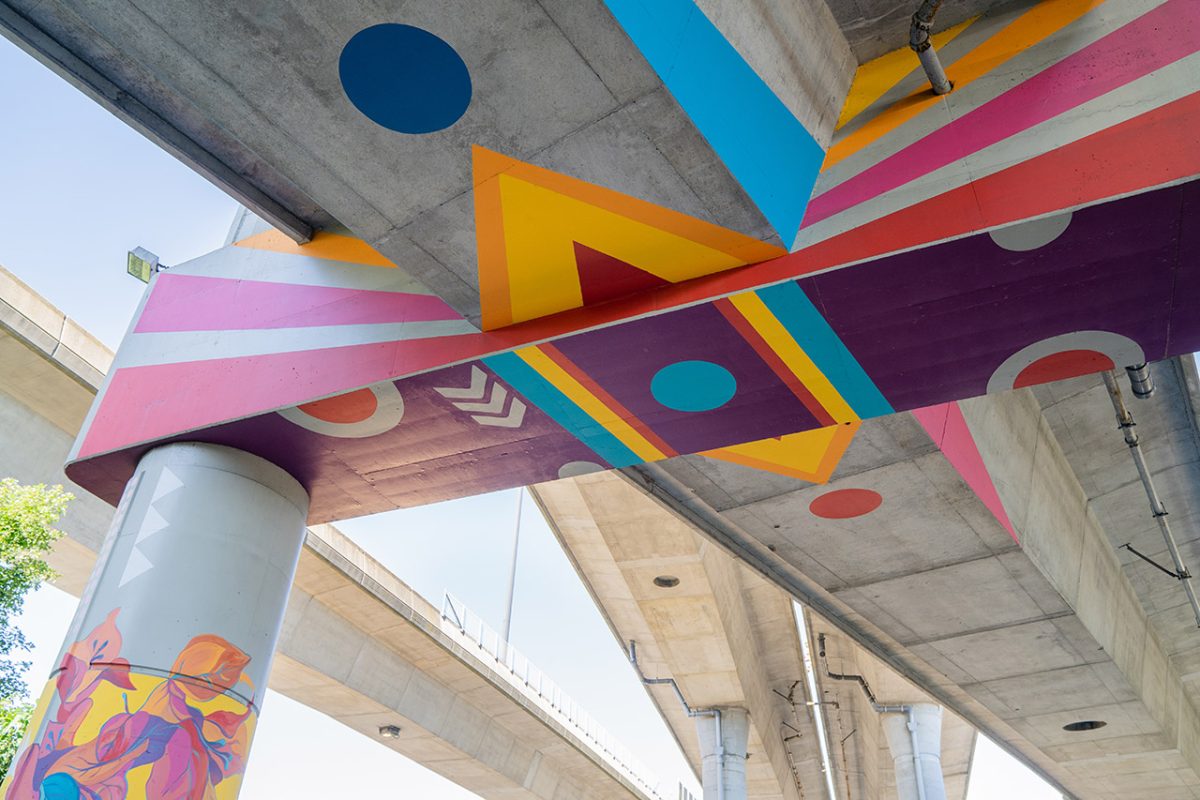
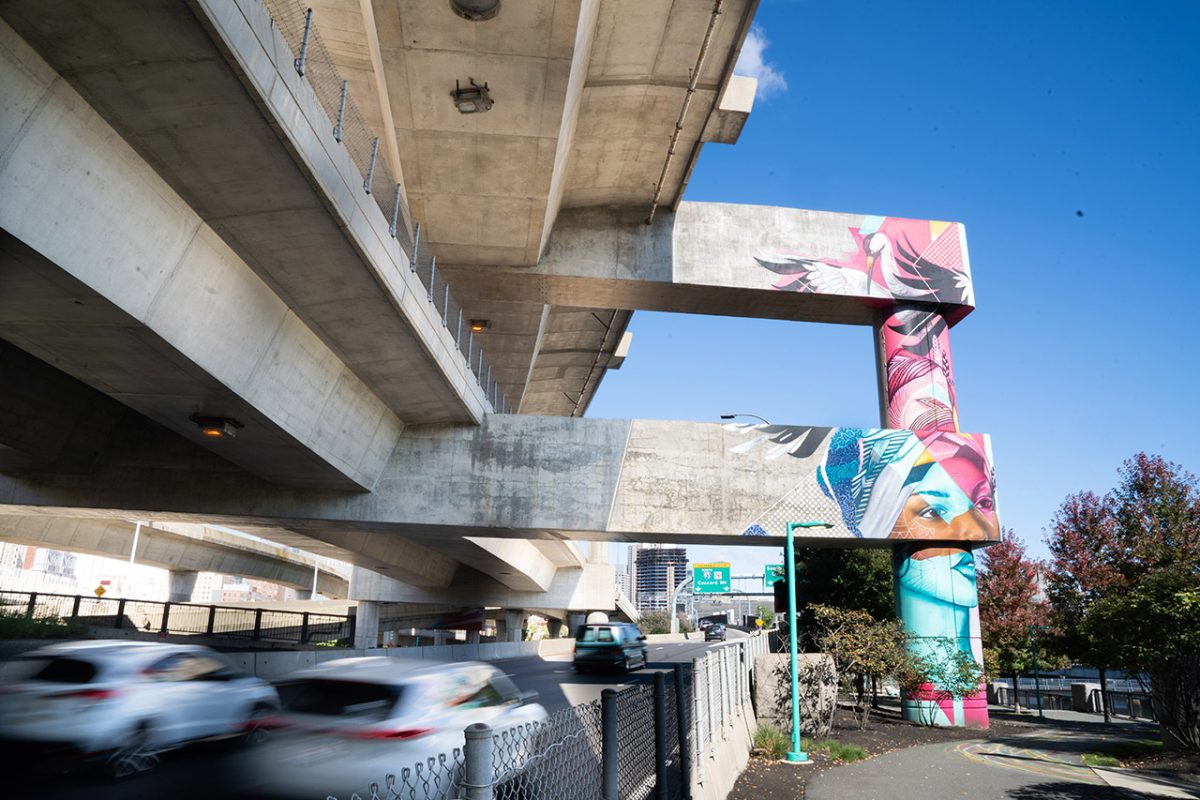
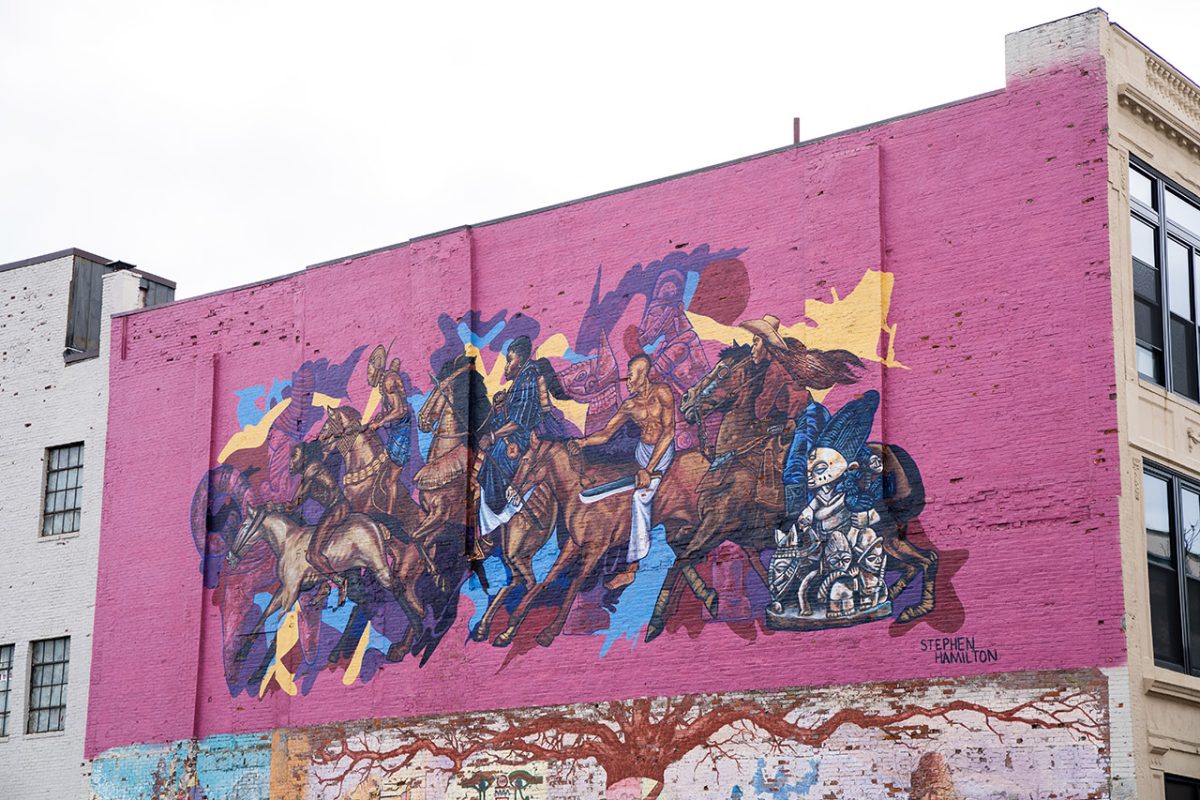
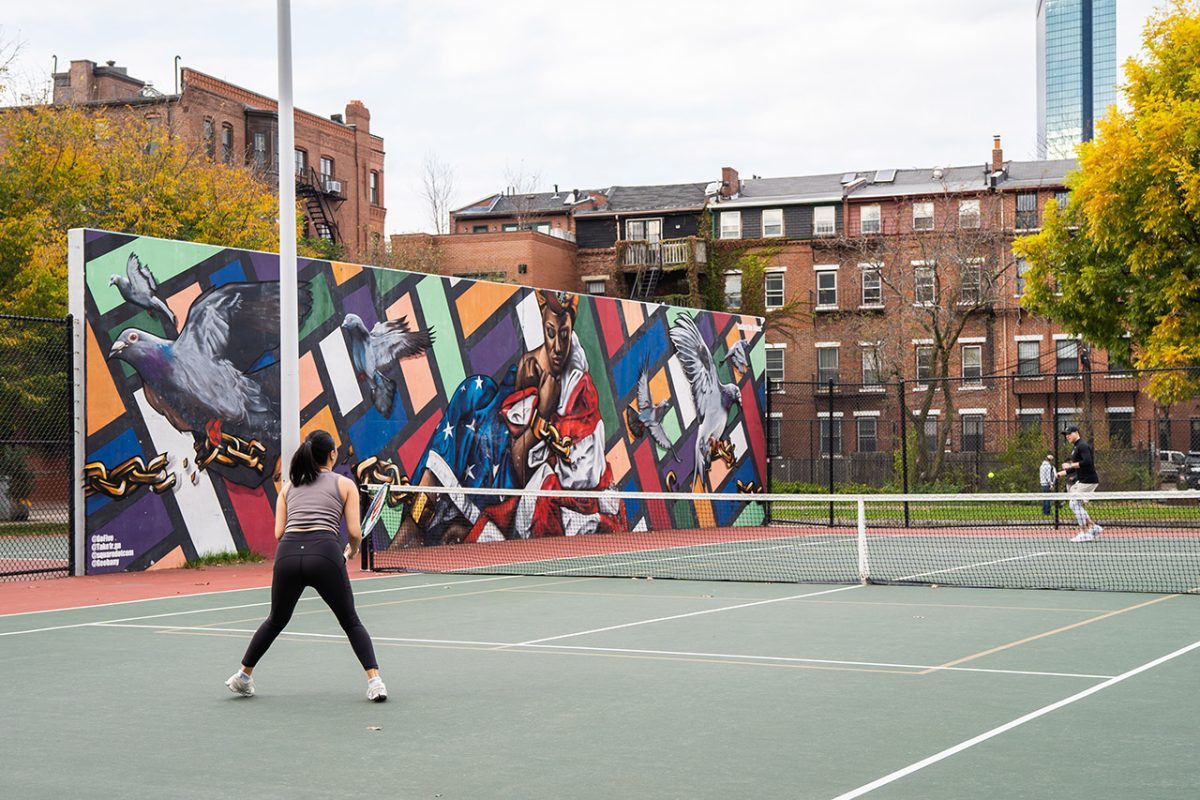
Almost a year ago, Street Theory was named the City of Boston’s official mural consultant, receiving a $3.5 million contract, the largest to come out of the Mayor’s Office of Arts and Culture. This contract includes 10 to 15 murals, all to be completed within the next two years.
“When we have a new mural go up that Street Theory has worked on, you can see people standing in their neighborhood watching it over time, seeing it come together,” said Kara Elliot-Ortega, chief of the Office of Arts and Culture, in an interview with The Scope on Oct. 14. “They’re telling stories about the neighborhoods, about the artists — diverse, nuanced representations of what it means to be in Boston, what our neighborhoods look like and what their identity means. It’s just really, really rich, deep work.”
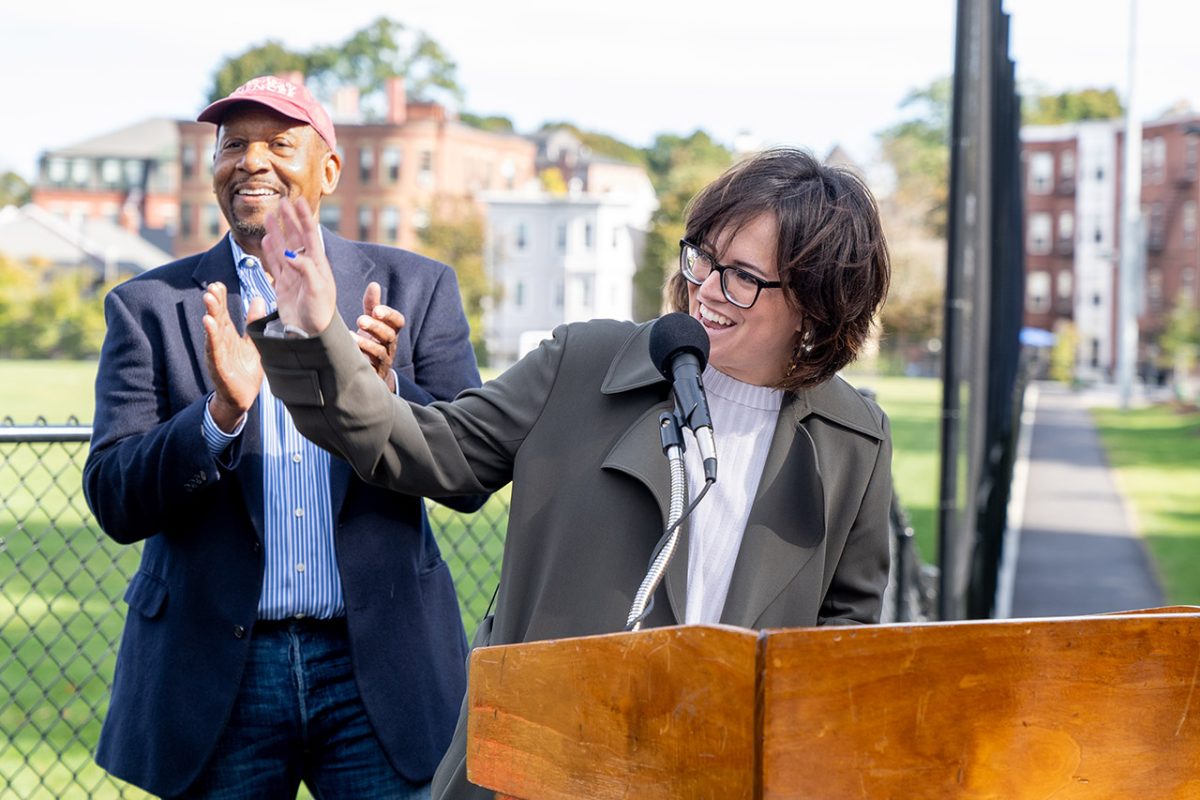
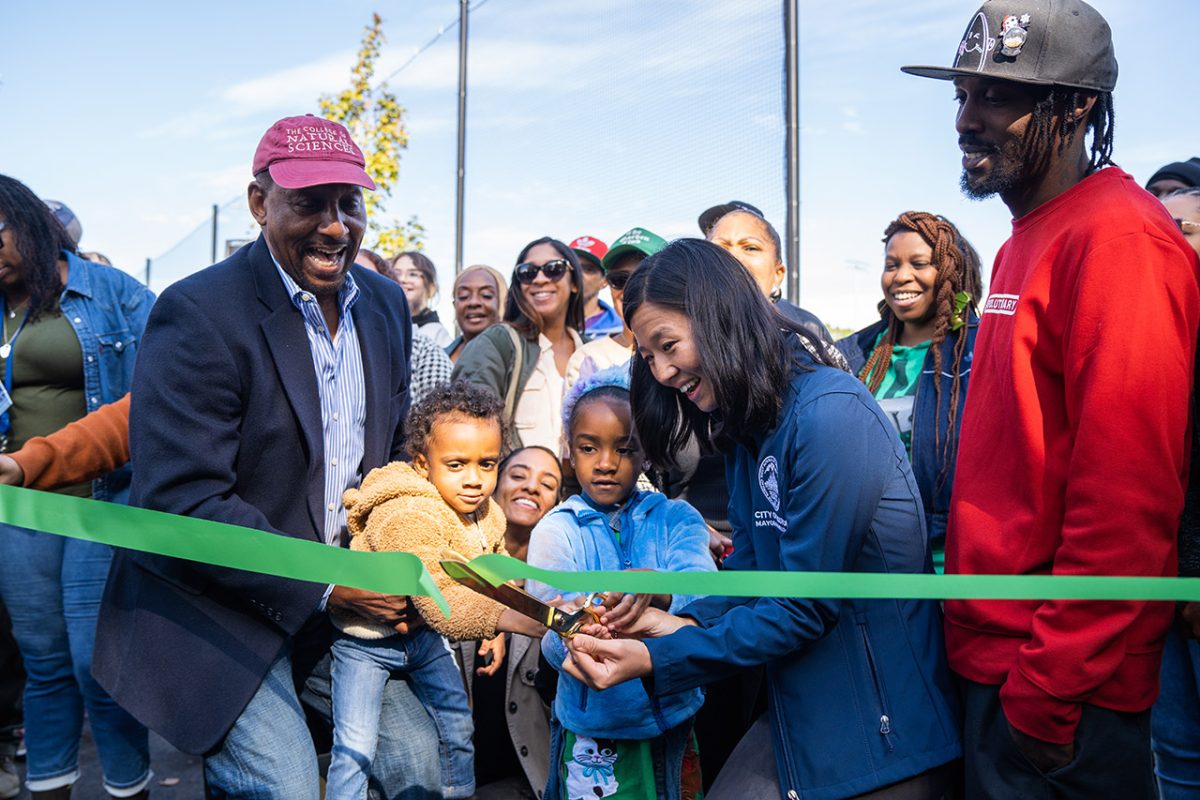
In addition to uplifting the cityscape and connecting communities, Quiñonez also aims to inspire local artists and help them thrive. Wanting to debunk the “starving artist” stereotype, she works to show that art can be a sustainable career and to create more spaces for these artists to practice their craft.
“When you look at what’s available and what the opportunities are now, that was not [like] anything that was available to us when we were just college students trying to do art and be out here in the streets,” she said. “For a lot of these local artists in Boston, they’ve been doing this work since the ’80s and ’90s and just doing it in a very grassroots kind of way, finding their own spots, talking to bodega owners, really just taking any and every opportunity to be able to paint.”
Gina “Flowrbomb” Latham, who joined Street Theory as a projects coordinator two years ago, credits the agency for seeing what is possible for her as an artist. Upon working for them, she realized that every mural she loved in Boston was connected to Street Theory.
“I think it just gives us something to aspire to, something to work towards, because now we see that it’s possible there is a lane that is being paved and provided for us,” Latham said.
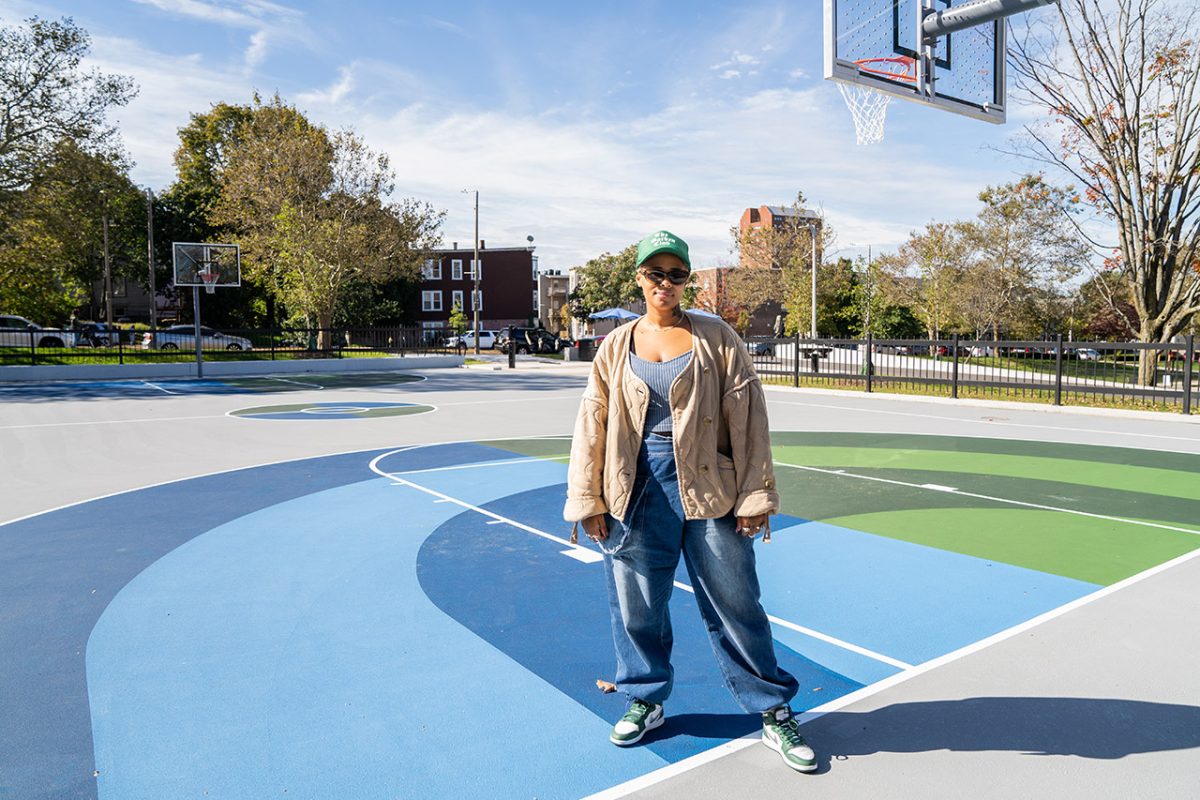
Now, Quiñonez and the team are preparing for the spring and summer mural season. Last week at the latest Boston Art Commission meeting, Quiñonez proposed Street Theory’s artist recommendations for approval as part of “A Canvas of Culture,” a new initiative to incorporate more public art into civic life at capital improvement sites.
“In its inaugural year, the initiative is concentrating on sites at Boston Public Schools, connecting artists whose artwork aim to amplify the aesthetic, cultural, social and educational richness of schools while adding vibrancy to our city’s landscape,” Quiñonez said at the meeting.
This year’s sites are at the following schools:
- Charlestown High School (Charlestown)
- Curtis Guild Elementary School (East Boston)
- Mario Umana Academy (East Boston)
- Phineas Bates Elementary School (Roslindale)
- Lee Academy Pilot School (Dorchester)
- Rafael Hernández Dual Language School (Roxbury)
- Hugh R. O’Donnell Elementary (East Boston)
- Joyce Kilmer K-8 School (West Roxbury)
All of the artists were approved for selection by the commissioners, and the murals are planned to be installed this summer. Quiñonez also mentioned four projects at the Carter School in the South End for 2025.
“As we see more and more murals come online through our contract,” Elliot-Ortega said in the Oct. 14 interview, “we’re going to start to feel the cumulative effects of them being around the city and see that work everywhere.”

